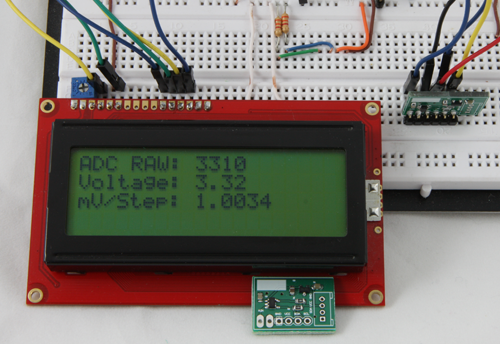I2C Isolation Breakout
Project description
Iso I2C, I2C Isolation Breakout
Galvanically Isolate any I2C peripheral with this breakout!
A simple way to provide galvanic I2C isolation to any I2C peripheral, sensor, breakout board, etc… this breakout board even uses a single supply on the “primary” end to make seamless integration with existing products possible! An added bonus means this board can be used for basic level shifting as well as I2C isolation. With input Vccp of just under 3 volts to just over 5.5 volts and an output of anywhere between 3.15 volts and 5.5 volts, this breakout can handle a wide range of applications and is very useful!
Isolate those sensors
So why would I need something like this
There are many times when it is important to prove galvanic I2C isolation. I2C is a very popular method of communication and is growing is use all the time, it is easy to use and allows a vast array of peripherals and can be somewhat fast at that. It does have some weaknesses and when paired with sensors that are susceptible to noise can present issues (poor design, ground loops, too much capacitance, are example of some of the problems). One method to some of these problems should the crop up is to use galvanic isolation to separate out the “sensitive” portions from the other.
You can also place more than one of the same address on the bus and use SDL switching to block the non preferred device to access. There are a large number of reason why one would need to do this!
Easy to Use
This is a very use module to ask for data!
The main reason for designing this was to give people an easy way to interface I2C devices in those tricky environments where isolation or level shifting was the only path to ensure proper functionality. I have tried for a while to solve ground loop and mains noise issues in water quality sensors and am one step closer to a full solution at cost effective prices. This breakout board is the result of quite a bit of research and trial and error finding an effective solution that is single supply. (Sure its easy to throw a supply on each end and opto isolate, but to use a single supply is rather difficult but makes for a much easier to interface and place in between)
Happy I2C isolation!
This is a fully open source project released under the CC BY license

I2C Isolation Breakout by Ryan Edwards, Sparky’s Widgets is licensed under a Creative Commons Attribution-ShareAlike 3.0 Unported License.
Based on a work at http://www.sparkyswidgets.com/portfolio-item/i2c-isolation-breakout/
